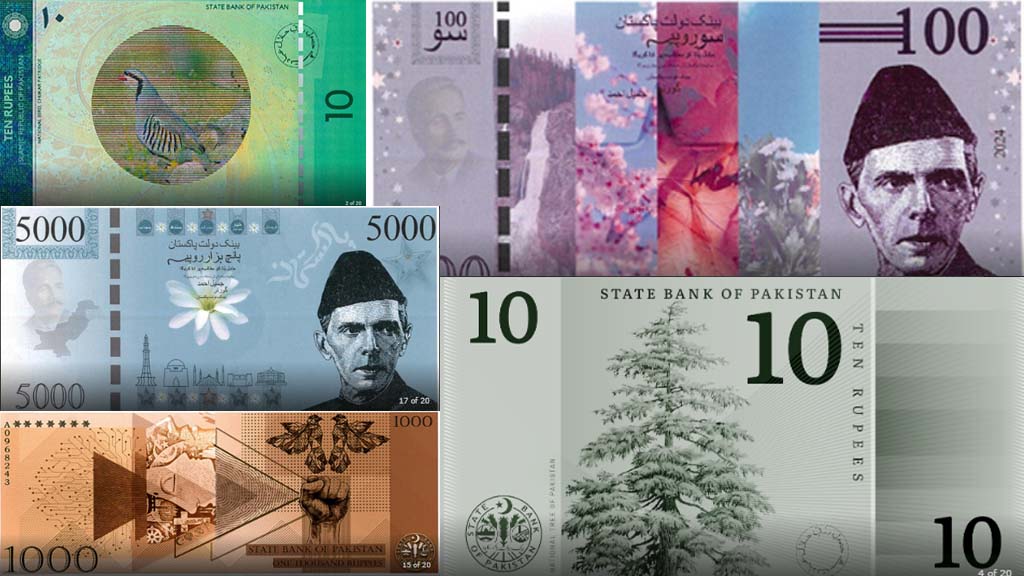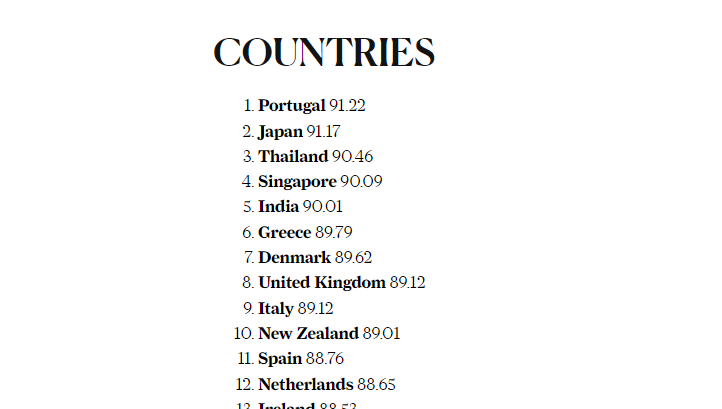Earlier today, the Pakistan Armed Forces reported that they had successfully downed five Indian fighter jets in response to cross-border missile strikes. Among the aircraft shot down were three Rafale multirole jets, a MiG-29 Fulcrum, and a Su-30MKI Flanker-H — all reportedly involved in targeting what Indian forces claimed to be “terrorist infrastructure” inside Pakistani territory with J-10C.
In a dramatic revelation, Pakistan’s Foreign Minister Ishaq Dar stated that the Pakistan Air Force (PAF) had successfully shot down five Indian Air Force (IAF) fighter jets—including three advanced Rafale aircraft—during the opening hours of a high-stakes military escalation between the two neighboring nuclear powers.
Speaking at a press briefing, Dar credited the PAF’s success to its deployment of Chinese-built J-10C fighter jets, which were equipped with PL-15E beyond-visual-range air-to-air missiles (BVRAAMs).
“The much-celebrated Rafales didn’t stand a chance. Indian pilots were outmaneuvered and failed to respond effectively,” Dar remarked.
“We had the capability to bring down even more, perhaps 10 or 12 aircraft, but strict orders were in place—only engage those that posed a direct threat.”
This marks the most high-profile confirmation from a senior Pakistani official regarding the reported air-to-air engagement, which analysts are calling one of the most significant aerial confrontations in South Asia’s recent history.
Adding weight to the claims, CNN’s senior correspondent Jim Sciutto reported on platform X (formerly Twitter) that a top French intelligence official had confirmed the loss of at least one Indian Rafale—a major event given the aircraft’s previously unblemished record in combat. This would be the first Rafale fighter jet ever lost in combat, dealing a symbolic blow to the platform’s global reputation if verified.
Earlier that day, Pakistan’s military confirmed the downing of five Indian fighter jets, identifying them as three Rafale multirole jets, one MiG-29 Fulcrum, and one Su-30MKI Flanker-H. The aerial engagement followed a series of Indian missile strikes, which New Delhi claimed were aimed at targeting “terrorist infrastructure” inside Pakistani territory.


The reported downing of India’s most sophisticated fighter jet—the Rafale—has sparked renewed debate over the aircraft’s real-world survivability in high-threat combat zones. Long touted as a next-generation, battle-hardened platform, the Rafale had enjoyed a surge in international demand, particularly across Europe, Asia, and the Middle East, where it was heavily marketed as a flagship product of French aerospace engineering.
Now, questions are beginning to surface: could this high-profile incident influence the global perception of the Rafale’s capabilities? While it’s too early to determine the long-term impact on Dassault Aviation’s sales trajectory, the optics are certainly unfavorable.
In a sharp contrast, investor confidence surged for the Chengdu Aircraft Corporation (CAC)—the Chinese aerospace firm behind the J-10C, the aircraft credited in reports for the shootdowns. Following the news, CAC’s stock soared by 20%, a clear nod to the fighter’s perceived battlefield effectiveness.
CAC, notably, also co-produces the JF-17 Thunder with Pakistan Aeronautical Complex (PAC), a key component of Pakistan’s homegrown airpower modernization strategy.
Meanwhile, Dassault Aviation’s stock dipped by around 1.4%, reflecting growing market anxiety over the Rafale’s battlefield vulnerability—especially as the aircraft was considered central to several high-value defense contracts worldwide.
India’s 2016 procurement deal for 36 Rafale fighters from France was valued at $8.8 billion, translating to roughly $91 million per unit. However, once you include India-specific upgrades, advanced weaponry, logistical support, and maintenance over five years, the actual per-aircraft cost was estimated to reach $218 million—raising the stakes for both performance expectations and political scrutiny.
As of 2025, adjusted for inflation, defense analysts estimate that the per-unit cost of India’s Rafale fighter jets has climbed to approximately $289 million. This steep price tag—especially in light of recent reported battlefield losses—has reignited discussions around the platform’s cost-effectiveness and combat resilience.
In stark contrast, Pakistan’s induction of the J-10C Vigorous Dragon—a Chinese-built, 4.5-generation multirole fighter—has been strategically positioned to counterbalance India’s Rafale acquisition. The first six J-10Cs arrived at Minhas Air Base in Kamra on March 4, 2022, officially entering operational service under No. 15 “Cobras” Squadron just a week later, on March 11.
These fighters bring formidable capabilities to Pakistan’s aerial defense, including an AESA radar, digital fly-by-wire flight controls, an advanced electronic warfare suite, and the ability to deploy PL-15 and PL-15E beyond-visual-range (BVR) missiles.
Pakistan’s initial order of 25 J-10Cs was carefully timed ahead of the country’s Republic Day celebrations on March 23, 2022, underscoring its symbolic and operational importance. Reports now indicate that Islamabad is considering expanding its J-10C fleet to as many as 60 aircraft, further reinforcing its regional deterrence posture.
One of the key force multipliers is the PL-15E, the export version of the PL-15 BVR missile. While its range is reduced to approximately 145 km (from the 300 km of the Chinese domestic version), it remains a significant threat, especially against adversaries without equivalent long-range missile capabilities.

The original PL-15 is reputed to travel at Mach 4, featuring a miniature AESA radar seeker for terminal guidance. This allows it to autonomously lock and engage targets at extended ranges, even in electronically contested environments. Developed by the China Academy of Launch Vehicle Technology (CALT), the missile is widely regarded as one of the most advanced BVR weapons globally, on par with the U.S.-made AIM-120D AMRAAM and Europe’s Meteor.
Military strategists note that the PL-15/15E missiles offer a decisive range advantage, enabling the PAF to engage targets well before hostile aircraft can respond. This capability may compel rival forces—such as India’s Su-30MKI, Rafale, and Mirage 2000 squadrons—to alter aerial engagement tactics to minimize early attrition.
What truly elevates the PL-15’s lethality is its dual-pulse solid rocket motor, two-way data link, and the ability to retarget in mid-flight. These attributes dramatically improve its hit probability against agile, high-value airborne targets, allowing for adaptive response during complex air combat operations.
Physically, the PL-15 is an imposing presence—approximately 4 meters long, weighing around 200 kg, and optimized for high-speed intercepts across vast distances.
In a move likely to increase strategic pressure on India, the Pakistan Air Force recently showcased imagery of its JF-17 “Thunder” fighters equipped with the PL-15 missile for the first time. This indicates a deliberate push to standardize advanced BVR weaponry across its fighter fleet, significantly enhancing Pakistan’s air dominance and shaping the future of aerial warfare dynamics in South Asia.





















